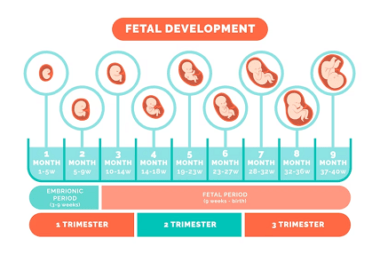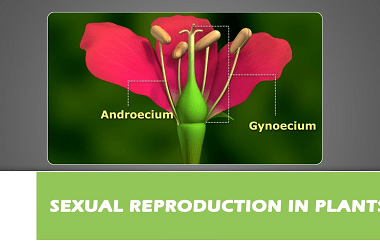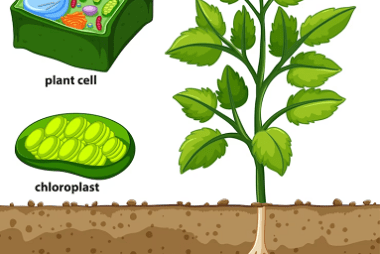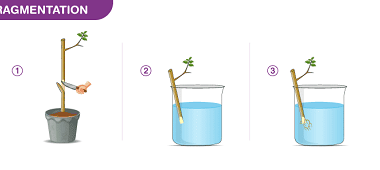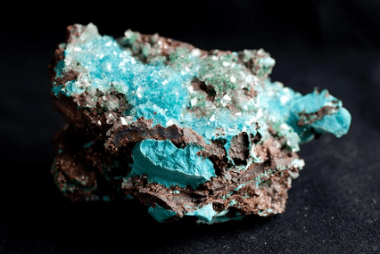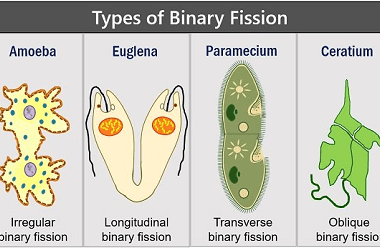Integrated Course AIIMS-SYLLABUS Biology syllabus Genetics and evolution
Genetics and evolution Genetics and evolution are two interconnected fields of biology that help us understand the inheritance of traits and the processes that shape the diversity of life on Earth. Here’s an overview of genetics and evolution: Genetics: Genetics is the study of heredity, which involves the passing of traits from parents to offspring.…


